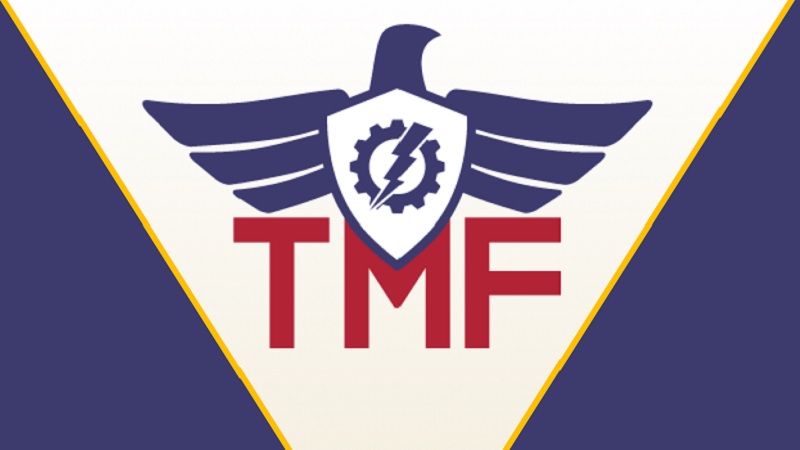
Federal CIO Clare Martorana forecasted this week that the hundreds of millions of dollars of investments that the Technology Modernization Fund (TMF) has made in recent years to jumpstart Federal agency security improvements will be bearing fruit within the next 12 months.
Martorana talked about that timeline – and the need for Congress to continue supporting TMF with additional appropriations – during an April 16 event organized by Venable LLP and focused on public sector trends in cybersecurity and artificial intelligence technologies.
TMF has been pumping out dozens of funding awards to Federal agencies to get started on high-profile projects since it received $1 billion from Congress in 2021 as part of the American Rescue Plan Act (ARPA). In prior years, annual appropriations for TMF were much smaller, and in the most recent budget cycle for fiscal year 2024, Congress clawed back $100 million of the 2021 ARPA funding.
The Federal CIO – who also chairs the TMF Board – explained this week that the biggest focus of projects approved by TMF thus far is on helping agencies to improve cybersecurity.
Speaking about the ARPA funding, she said, “we immediately put that to work in cybersecurity, and I’d say now as a result of that 83 percent of our TMF investments – and we’ve put out $850 million –have been focused on cybersecurity.”
“We were able to get money to agencies to get them started on their zero trust [security] journeys,” she said. “Many agencies were already on that journey, so it was supplementing work that they were already doing, allowing them to go faster, and then allowing us to learn from each other.”
While the results of government technology improvements – particularly in the security arena – are for good reasons sometimes difficult for outsiders to appreciate, Martorana said the past few years of TMF-funded investments should be producing results now and over the next year.
“The first summer we reviewed as a board over 60 proposals,” she said. “We put out investments pretty rapidly, but then agencies had to go through that acquisition process, sometimes the hiring process. So, I think you’re going to start to hear some of the really wonderful success stories of TMF that are starting to come online now and in the next 12 months.”
With “a lot of the projects it took us a while to stand up the capability, to get the money out,” Martorana continued. “When I joined TMF we had three folks in the GSA [General Services Administration] PMO that were helping do the financial transactions, there wasn’t a team at GSA.”
“It’s hard to give away a billion dollars with credibility and accuracy,” she said. “That wasn’t something we could just pour water on and it bloomed – it took us a while to do that.”
And the evaluation process for agencies’ proposals for TMF funding is far from perfunctory, she explained.
“You have a board of experts across government that are convened together to really interrogate these proposals,” she said, adding, “we are really a pain to many people who are coming to TMF.”
“We really interrogate – are they capable of the change management, is the technical architecture of whatever they are proposing correct, do they have the contracting vehicles in place,” Martorana said. “We have acquisition specialists, and everybody on the board is really leaning into these proposals with the goal of helping the agencies. You’re not going to come to TMF if you already have the capabilities to do this work by yourself in the timeline that you want to get it accomplished.”
“I believe that TMF works,” she said. “It’s a complementary funding vehicle for a normal appropriations process.”
Asked about future funding streams to TMF, the Federal CIO replied, “yes, we are absolutely dependent on Congress. So, Congress, if you can hear me, please fund the TMF because it does something really remarkable in our community.”
